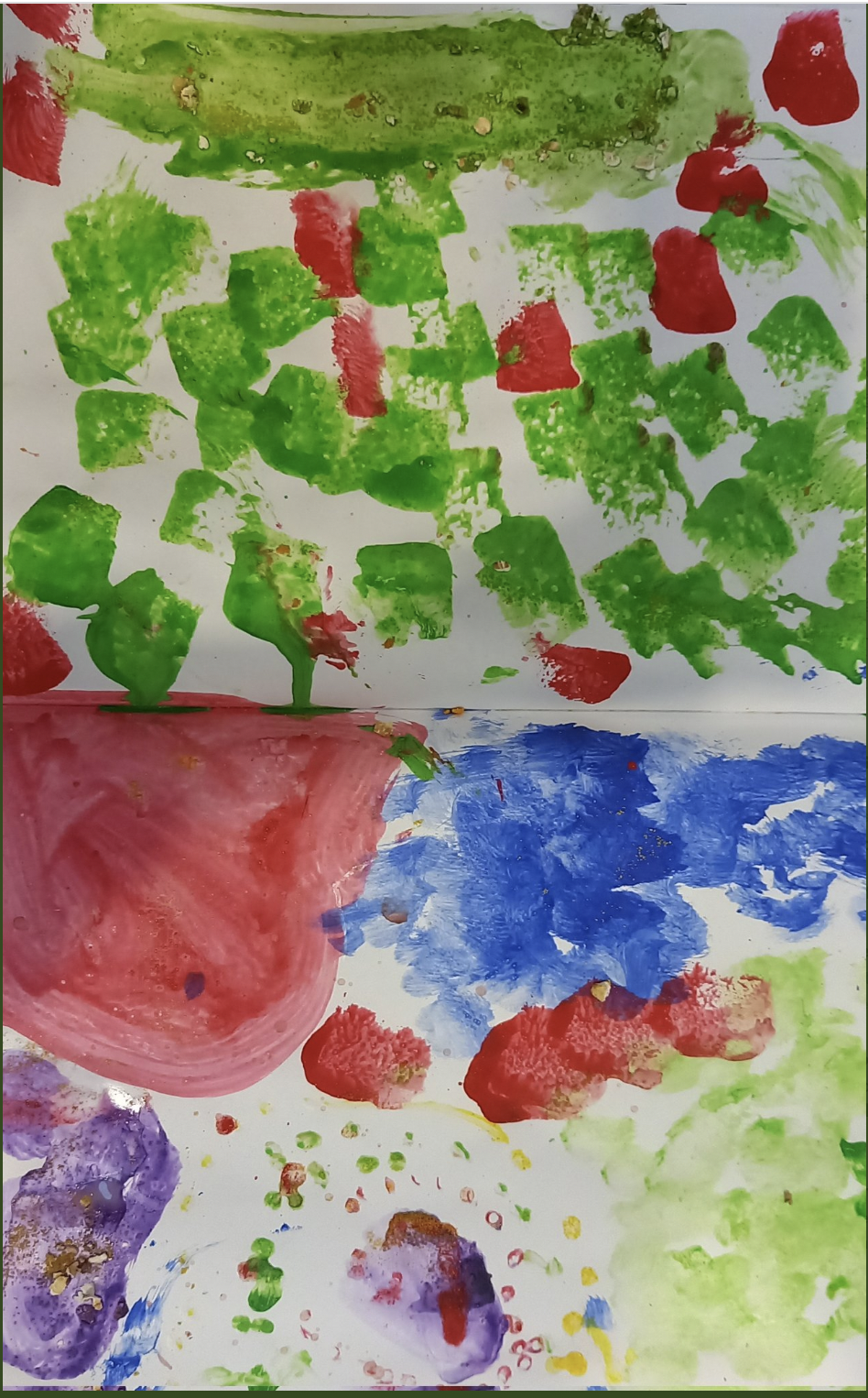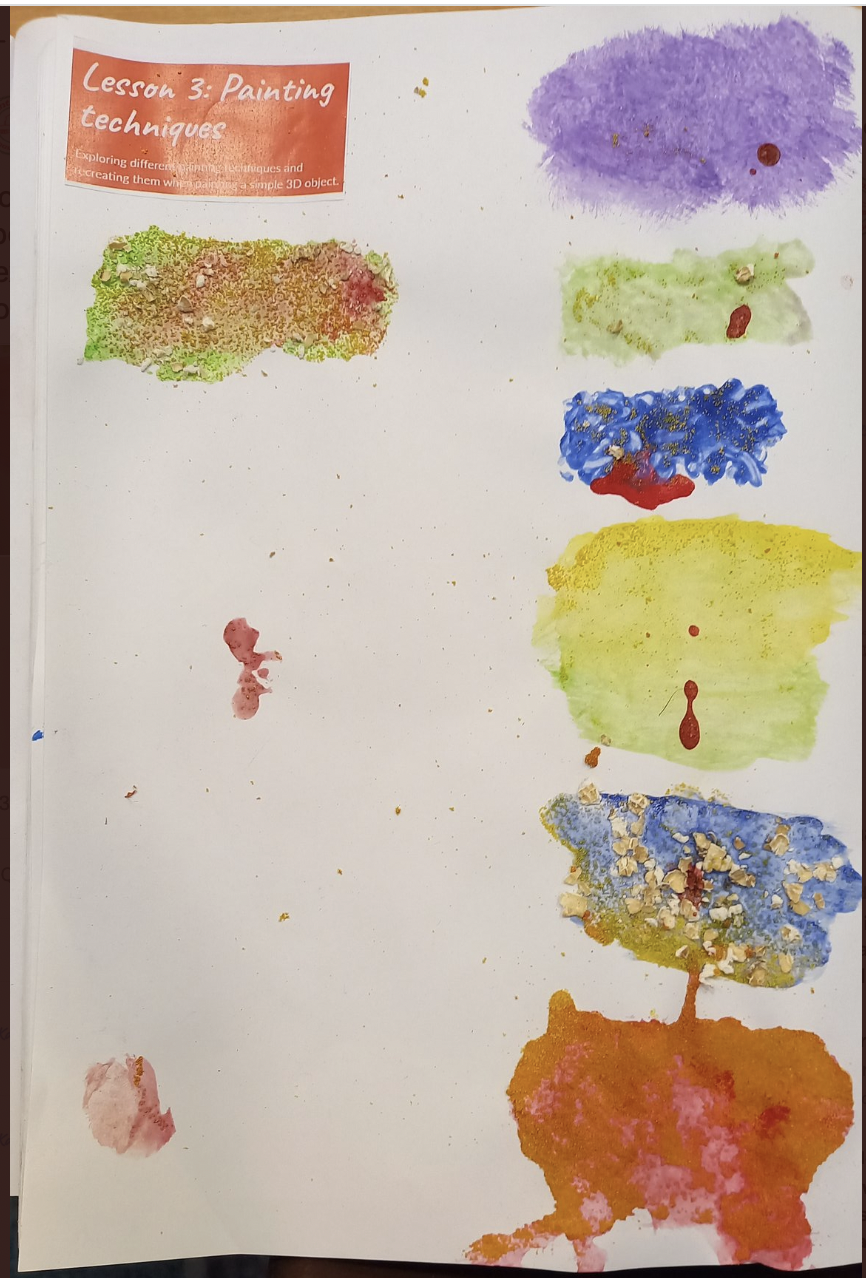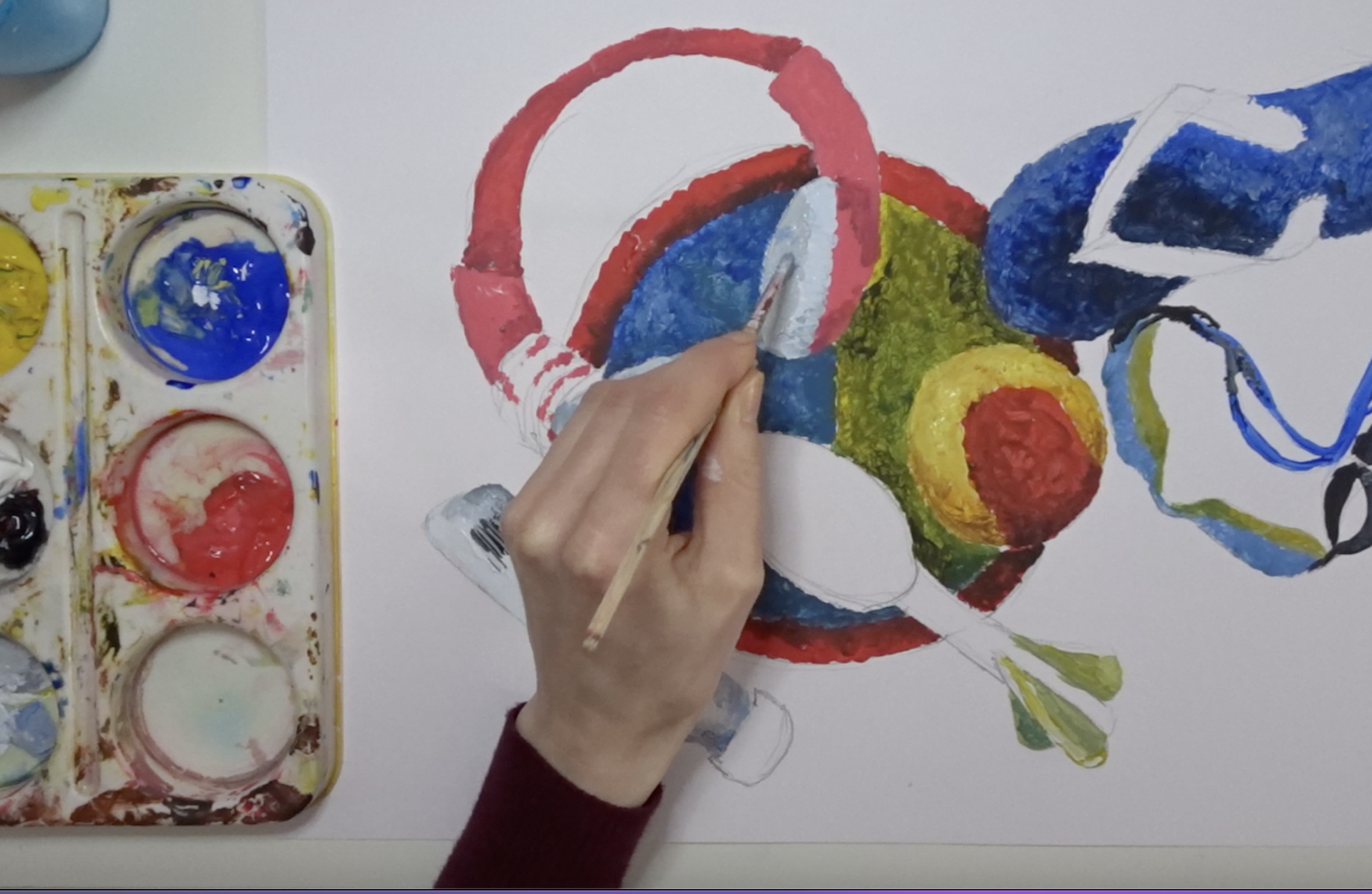Learning objective
- To explore how paint can create very different effects.
Success criteria
- I can describe how I created a paint
This content is for subscribers only. Join for access today.
National curriculum
Art and design
Pupils should be
This content is for subscribers only. Join for access today.
Cross-curricular links
None.
This content is for subscribers only. Join for access today.
Before the lesson
This content is for subscribers only. Join for access today.
Lesson plan
Recap and recall
Arrange the children into pairs. Display the Presentation: Speak like an expert and ask the children to explain to their partner the techniques they could use to make an object look 3D. Slide 2 showing the two images of apples could be shown if the children need a visual prompt.
This content is for subscribers only. Join for access today.
Extended-mode explainer videos
How to extend your display to view the lesson page and preseantion mode simultaneously. Choose your operating system below to watch the video
If you need further support with extending your display,
please contact [email protected].
Extended-mode explainer video: For Mac
Extended-mode explainer video: For Windows
Adaptive teaching
Pupils needing extra support
Could work on just one painting technique in the lesson; may need support in choosing suitable equipment to try their chosen painting technique.
Pupils working at greater depth
Should be encouraged to choose painting techniques that challenge them, e.g. if they usually like to work in a detailed way, encourage them to try something more expressive; should be independent in their organisation and use of equipment.
This content is for subscribers only. Join for access today.
Assessing progress and understanding
Pupils with secure understanding indicated by: being mostly independent in
This content is for subscribers only. Join for access today.
Vocabulary definitions
-
dabbing paint
To touch lightly and quickly with short tapping strokes.
-
paint wash
Laying down colour on a broad area of paper on which watercolours are mixed, often with water.
This content is for subscribers only. Join for access today.
Example work

Montem Academy, Slough

Montem Academy, Slough

St Anne's Catholic Primary School, Birmingham

St Anne's Catholic Primary School, Birmingham

St Anne's Catholic Primary School, Birmingham

St Anne's Catholic Primary School, Birmingham

Our Lady of Muswell RC Primary School, London

Our Lady of Muswell RC Primary School, London

Our Lady of Muswell RC Primary School, London

Our Lady of Muswell RC Primary School, London

Montem Academy, Slough

Montem Academy, Slough

Montem Academy, Slough

Montem Academy, Slough

Montem Academy, Slough

Montem Academy, Slough

Montem Academy, Slough
This content is for subscribers only. Join for access today.





